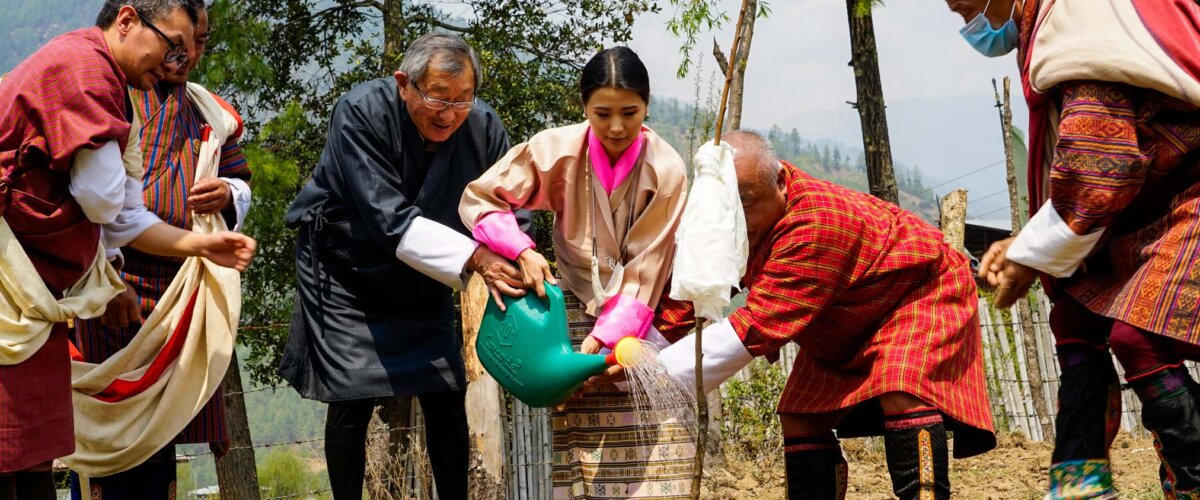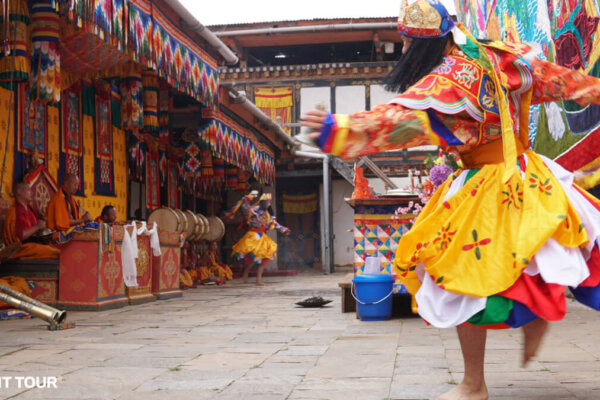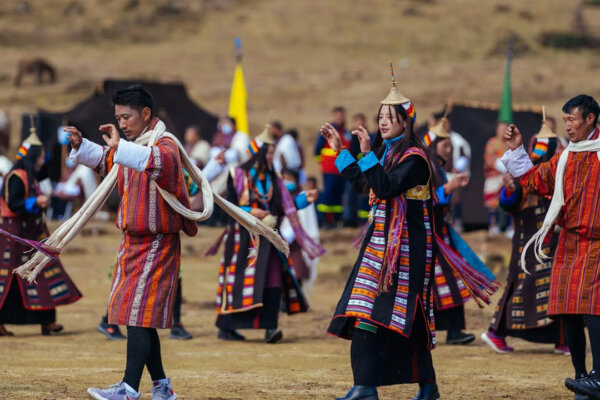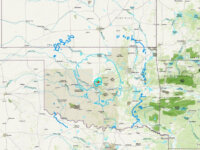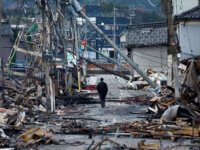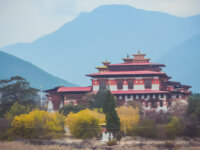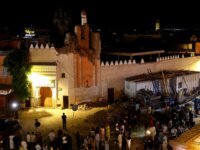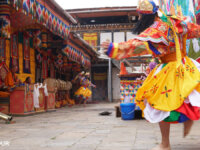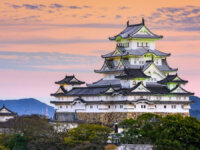BHUTAN – Embarking on a journey towards environmental sustainability, Bhutan is considered a beacon of ecological responsibility. The Green Revolution in Bhutan is exemplified by the country’s constitution, which commits to maintaining at least 60% of its land area under forest cover, making Bhutan the only country in the world with a negative carbon footprint.
In addition, Bhutan leads various initiatives that promote a harmonious relationship between nature and development. These include notable sustainable projects that contribute to the country’s Gross National Happiness philosophy.
One such project is the Bhutan for Life initiative, which aims to protect and conserve the country’s rich biodiversity by creating a network of protected areas. This initiative not only safeguards the environment but also supports local communities by providing them with sustainable livelihood opportunities.
Another noteworthy project is the Green Public Procurement program, which encourages government agencies to prioritize environmentally friendly products and services in their procurement processes. This not only reduces the country’s carbon footprint but also promotes the use of sustainable materials and practices.
Bhutan has also implemented a unique tourism policy that focuses on high-value, low-impact tourism. This approach ensures that tourism does not harm the environment and benefits local communities through sustainable tourism practices.
Furthermore, the country has banned plastic bags and single-use plastics, demonstrating its commitment to reducing waste and protecting the environment.
Overall, Bhutan’s efforts towards environmental sustainability have gained global recognition and serve as an inspiration for other nations to follow suit. By prioritizing the well-being of its people and the planet, Bhutan truly embodies the concept of sustainable development.
1. Million Trees Project
Launched in 2021, the Million Trees Project aims to transform abandoned land by planting over one million high-value trees. Local farmers receive cherry, pear, walnut, and peach trees, promoting increased income and biodiversity.
This effort not only improves livelihoods but also serves as a buffer against the impacts of climate change. By planting a diverse range of trees, the project helps to mitigate the effects of extreme weather events such as droughts and floods. Additionally, the trees act as natural carbon sinks, absorbing harmful greenhouse gases and helping to combat global warming.
The Million Trees Project also brings numerous benefits to the local community. In addition to providing a source of income for farmers, the project creates jobs for those involved in planting and maintaining the trees. This not only boosts the economy but also promotes a sense of community involvement and pride.
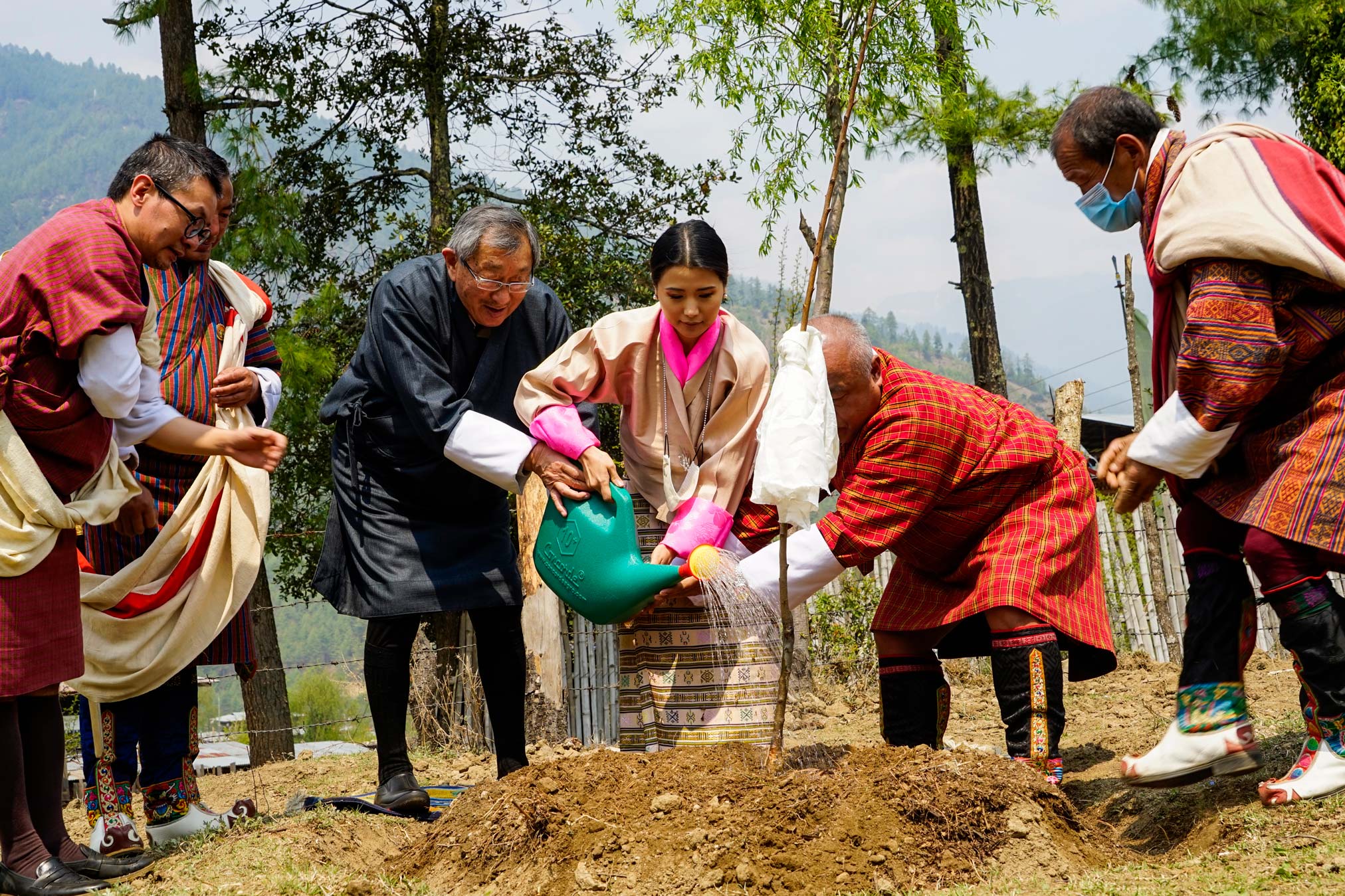
Million Trees Project in Bhutan
Moreover, the project contributes to the preservation of biodiversity in the area. By planting different types of trees, the project helps to restore and protect the natural habitat for various plant and animal species. This is crucial in maintaining a healthy ecosystem and preserving the delicate balance of nature.
Furthermore, the Million Trees Project has a long-term impact on the environment. As the trees grow, they provide shade, reduce soil erosion, and improve air quality. They also serve as a source of food and shelter for wildlife, creating a more sustainable and resilient ecosystem.
In conclusion, the Million Trees Project not only transforms abandoned land into productive and valuable areas but also brings about positive environmental, economic, and social impacts. It is a commendable effort towards creating a greener and more sustainable future for all.
2. Dungsam Community Seed Bank
In order to address the issue of declining traditional crop seeds, the Dungsam Community Seed Bank preserves and promotes various local cereal varieties. This initiative not only protects the cultural heritage of farming practices, but also ensures that farmers have timely access to indigenous seeds such as wheat, barley, oats, etc.
The Dungsam Community Seed Bank plays a crucial role in safeguarding the diversity of traditional crop seeds. With the increasing use of hybrid and genetically modified seeds, there is a risk of losing the unique characteristics and adaptability of local crops. By preserving and promoting these seeds, the seed bank helps to maintain the resilience of local agriculture and food systems.
Moreover, the seed bank also serves as a valuable resource for farmers, providing them with a diverse range of seeds to choose from. This allows them to experiment with different varieties and find the ones that are best suited for their specific growing conditions. In addition, the seed bank also offers training and support to farmers on seed saving techniques, ensuring that they can continue to produce and save their own seeds for future use.
By focusing on local cereal varieties, the Dungsam Community Seed Bank not only supports small-scale farmers, but also contributes to food security and sovereignty. These traditional crops are often well adapted to local climates and have a high nutritional value, making them an important source of food for communities. By promoting the use of these crops, the seed bank helps to diversify diets and reduce dependence on imported seeds.
In conclusion, the Dungsam Community Seed Bank’s efforts to conserve and promote local cereal varieties not only protect cultural heritage and support small-scale farmers, but also contribute to sustainable and resilient food systems. It is a valuable initiative that should be replicated in other communities facing similar challenges with traditional crop seeds.
3. Electric Vehicle (EV) Project
The urban transportation system of Bhutan is focused on promoting sustainable low-emission practices, with a strong emphasis on electric vehicles. This initiative is part of the country’s commitment to transitioning towards a low-carbon economy. With 21 charging stations strategically located throughout the country, this project aligns with Bhutan’s goals of achieving economic and environmental benefits through widespread adoption of electric vehicles.
Bhutan’s prioritization of electric vehicles in its urban transportation system is a reflection of its forward-thinking approach towards reducing carbon emissions. By promoting the use of electric vehicles, the country is taking proactive steps towards mitigating the negative impacts of traditional gasoline-powered vehicles on the environment. This not only helps in reducing air pollution but also contributes to the global efforts of combating climate change.
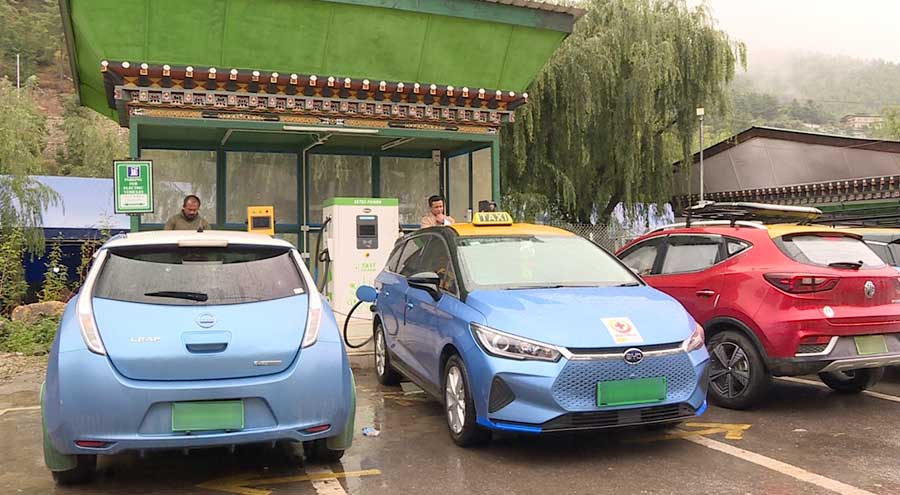
The installation of 21 charging stations across various strategic locations in Bhutan is a crucial aspect of this project. These stations provide convenient access for electric vehicle owners to recharge their vehicles, making it easier for them to switch to more sustainable modes of transportation. This also eliminates the concern of range anxiety, which is often cited as a barrier to the widespread adoption of electric vehicles.
Moreover, this initiative is in line with Bhutan’s overall vision of promoting a green economy. The country has set ambitious targets for reducing its carbon footprint and aims to become carbon neutral by 2050. By encouraging the use of electric vehicles, Bhutan is not only reducing its reliance on fossil fuels but also creating a more sustainable and eco-friendly transportation system.
In conclusion, Bhutan’s urban transportation system with a focus on low-emission practices and electric vehicles is a testament to the country’s commitment to creating a greener and more sustainable future. With the implementation of this project, Bhutan is setting an example for other nations to follow in their efforts towards reducing carbon emissions and combatting climate change.
4. Enhancing sustainability and climate resilience
According to the United Nations Development Programme (UNDP), this project is focused on reducing the impact of climate change on rural livelihoods and biodiverse forest landscapes. The main goal is to ensure effective forest management that can withstand the effects of climate change, while also ensuring ecosystem services and promoting adaptation to climate change.
In simpler terms, this project aims to protect and preserve forests in order to mitigate the negative effects of climate change on both the environment and the people who rely on it for their livelihoods. By implementing sustainable forest management practices, the project hopes to not only reduce the vulnerability of rural communities to climate change, but also maintain the diverse range of plant and animal species that call these forests home.
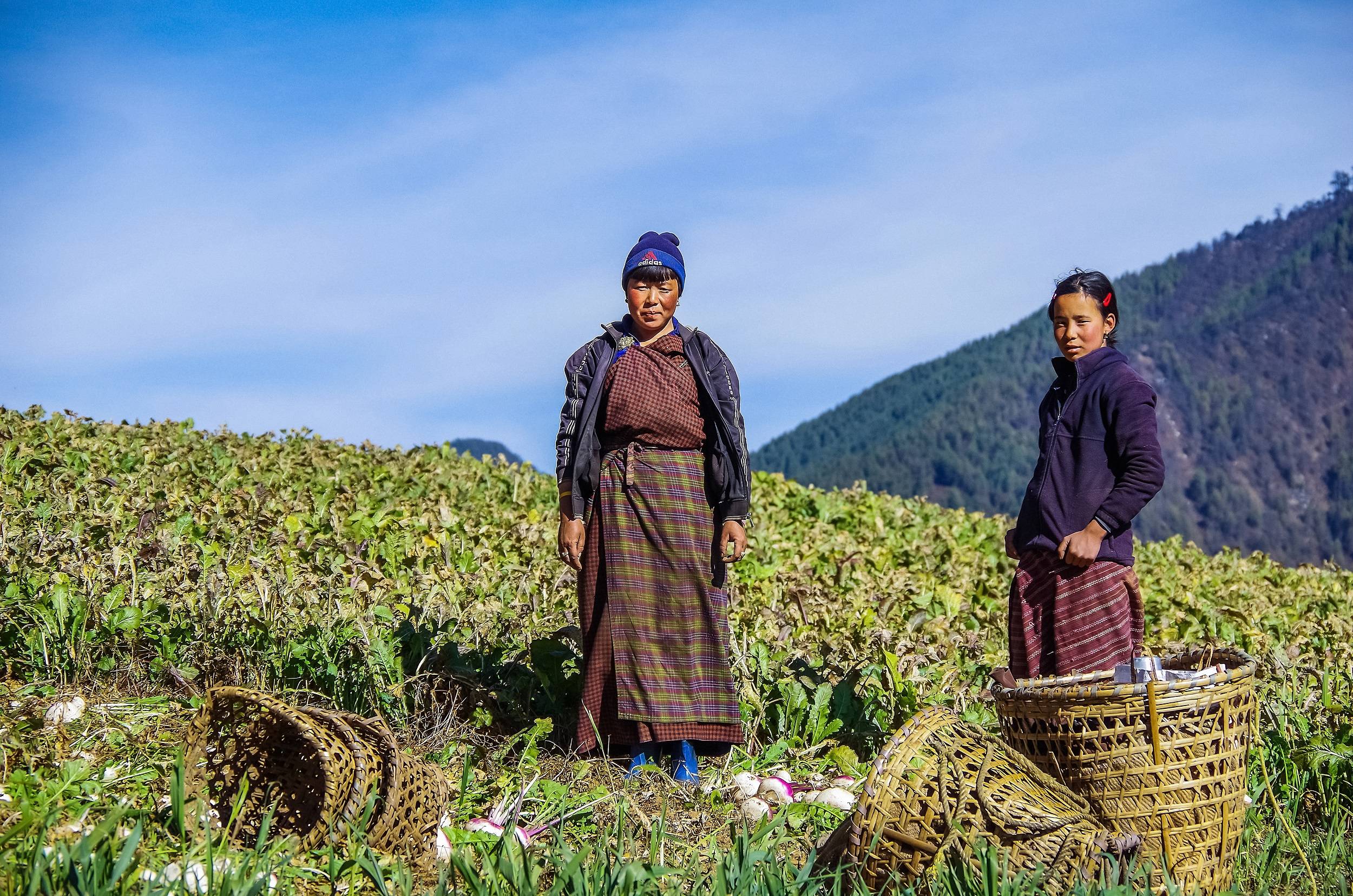
Enhancing sustainability and climate resilience
Through this project, the UNDP hopes to promote a more resilient and adaptive approach to managing forests, one that takes into account the changing climate and its potential impacts. This includes implementing strategies such as reforestation, agroforestry, and sustainable logging practices that can help mitigate the effects of climate change on forests and the communities that depend on them.
Furthermore, by preserving and protecting these biodiverse forest landscapes, the project also aims to maintain the various ecosystem services that they provide, such as clean air and water, carbon sequestration, and soil conservation. These services are not only essential for the well-being of local communities, but also have global implications for mitigating the effects of climate change.
Overall, this project highlights the importance of taking proactive measures to address the impacts of climate change on our natural resources and the communities that rely on them. By promoting sustainable forest management and adaptation strategies, the UNDP hopes to create a more resilient future for both people and the planet.
See more about the project: BHUTAN SUSTAINABLE LOW-EMISSION URBAN TRANSPORT SYSTEMS.
5. Bhutan’s Green Energy Development Project
This project encompasses the development of clean energy in the region and the promotion of renewable energy sources, including the construction of the Dagachhu hydropower plant and rural electrification through gasification.
The main objective is to provide electricity to households and facilities by expanding the power grid and utilizing off-grid solar energy sources, emphasizing sustainable energy solutions. This initiative aims to reduce reliance on traditional fossil fuels and promote the use of cleaner and more environmentally-friendly alternatives.
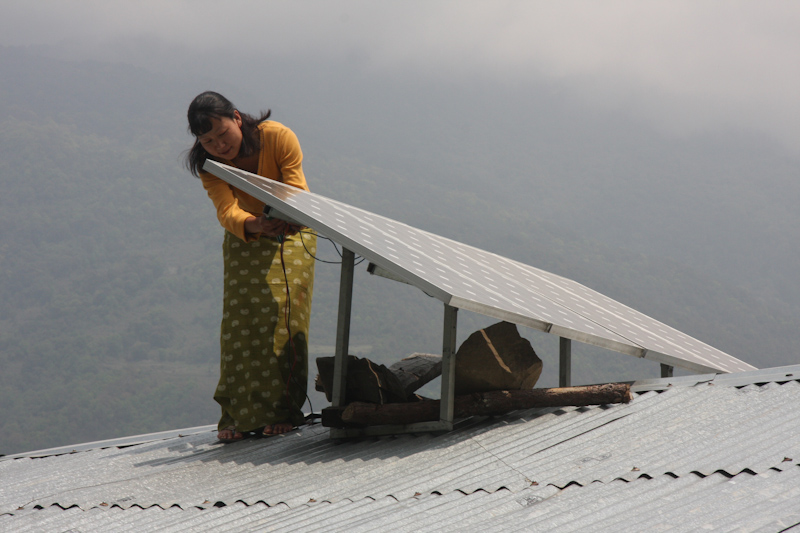
Bhutan’s Green Energy Development Project
The Dagachhu hydropower plant, located in Bhutan, will harness the power of water to generate electricity, reducing the country’s dependence on imported energy sources. This will not only contribute to the country’s energy security but also help in mitigating the effects of climate change.
In addition, the project also focuses on rural electrification through gasification, which involves converting agricultural waste into a clean-burning fuel for electricity generation. This not only provides access to electricity for rural communities but also promotes sustainable agriculture practices by utilizing waste as a valuable resource.
Moreover, the project also highlights the importance of off-grid solar energy systems in providing electricity to remote areas where it is not feasible to extend the power grid. These systems utilize solar panels to capture sunlight and convert it into electricity, providing a reliable and sustainable source of energy.
Overall, this project is a significant step towards promoting clean energy and achieving sustainable development in the region. By diversifying energy sources and reducing reliance on fossil fuels, it not only addresses the issue of energy poverty but also contributes to the global efforts towards combating climate change.

6. Ecotourism and Biodiversity Project
With the support of UNDP and funding from the Global Environment Facility (GEF), this 5-year project has transformed Bhutan into a model ecotourism destination. By integrating biodiversity conservation into tourism development, it has not only generated financial resources but also promoted sustainable livelihoods while minimizing negative impacts on cultural and social heritage.
The project has successfully implemented various initiatives to protect and preserve Bhutan’s rich biodiversity, which is a major draw for tourists. This includes establishing protected areas, promoting sustainable practices among local communities, and implementing strict regulations on waste management and resource use. As a result, Bhutan has seen an increase in the number of eco-conscious tourists who are willing to pay a premium to experience its pristine natural beauty.

Ecotourism and Biodiversity Project
Moreover, the project has also focused on empowering local communities by involving them in decision-making processes and providing training and employment opportunities in the tourism sector. This has not only improved their economic status but also instilled a sense of ownership and responsibility towards preserving their environment.
One of the key achievements of this project is the successful integration of conservation and development goals. By promoting sustainable tourism practices, it has not only safeguarded Bhutan’s unique biodiversity but also contributed to the country’s economic growth. The revenue generated from ecotourism has been reinvested in conservation efforts, creating a self-sustaining cycle that benefits both the environment and the local communities.
Furthermore, the project has also prioritized the preservation of Bhutan’s cultural and social heritage. This has been achieved through responsible tourism practices that respect the local traditions and customs, as well as through community-based tourism initiatives that allow visitors to interact with and learn from the local communities.
In conclusion, the UNDP-supported project, with funding from GEF, has successfully transformed Bhutan into a leading ecotourism destination. By integrating conservation, sustainable development, and cultural preservation, it has set an example for other countries to follow in promoting responsible and sustainable tourism.
See more: UNDP, Bhutan sign project to promote ecotourism and biodiversity.
7. The Green Bhutan Project
Launched in 2016, the Green Bhutan Project has a primary focus on planting flowers and trees in towns to create a greener environment. It aims to promote a culture of tree planting among the local communities and emphasizes the importance of improving aesthetics and safety in the landscape.
The project is a part of Bhutan’s larger efforts towards environmental conservation and sustainable development. Known for its commitment to preserving its natural resources, Bhutan has set ambitious goals to maintain at least 60% forest cover in the country. The Green Bhutan Project plays a crucial role in achieving this goal by involving the community in the process of creating a greener and more beautiful environment.
One of the key objectives of the project is to encourage people to take ownership of their surroundings and actively participate in making their towns and cities more green and livable. By promoting a culture of tree planting, the project not only enhances the aesthetic appeal of the towns but also instills a sense of responsibility towards the environment in the local population.
Moreover, the Green Bhutan Project recognizes the importance of green spaces in improving the overall well-being of individuals. Trees and plants not only add beauty to the landscape but also provide numerous benefits such as reducing air pollution, regulating temperature, and creating a peaceful and calming atmosphere. By increasing the green cover in towns, the project aims to improve the quality of life for the residents.
In addition to these benefits, the project also focuses on enhancing safety in the landscape. By planting trees and flowers strategically, the project aims to create a safer environment for the community. Trees act as natural barriers against strong winds and heavy rainfall, preventing soil erosion and landslides. They also provide shade and shelter, making public spaces more comfortable and inviting for people to gather and socialize.
Overall, the Green Bhutan Project is a commendable initiative that not only contributes to the country’s environmental goals but also brings about positive changes in the community. By promoting a culture of tree planting and emphasizing the importance of aesthetics and safety in the landscape, the project is creating a greener, more beautiful, and safer Bhutan for generations to come.
See more projects: Green Bhutan Corporation Limited.
8. Bhutan’s Clean Project
Established in 2014 under the patronage of the royal family, the Clean Bhutan Project aims to promote sustainable consumption practices. Collaborating with the government and local communities, this organization effectively manages waste, promoting cleanliness and beauty throughout the country.
The Clean Bhutan Project was initiated with the vision of creating a cleaner and greener environment for the people of Bhutan. With the support of the royal family, this project has been able to make significant strides towards achieving its goal. By working closely with the government and local communities, the organization has been able to implement effective waste management strategies that have had a positive impact on the environment.
One of the key objectives of the Clean Bhutan Project is to raise awareness about sustainable consumption practices. Through various educational programs and campaigns, the organization aims to educate the public about the importance of reducing, reusing, and recycling waste. By encouraging individuals to adopt eco-friendly habits, the project hopes to create a more environmentally conscious society.
In addition to waste management, the Clean Bhutan Project also focuses on promoting cleanliness and beauty across the country. This includes initiatives such as organizing clean-up drives, maintaining public spaces, and beautifying neighborhoods. By involving local communities in these activities, the project not only improves the physical appearance of the country but also instills a sense of pride and responsibility among its citizens.
Furthermore, the Clean Bhutan Project also works towards creating a circular economy by promoting the use of sustainable materials and supporting local businesses that prioritize environmental sustainability. By reducing the reliance on single-use plastics and promoting the use of biodegradable alternatives, the project aims to minimize the negative impact of waste on the environment.
Overall, the Clean Bhutan Project serves as a shining example of how collaboration between the government, local communities, and organizations can bring about positive change for the environment. Through its efforts, the project continues to inspire individuals and communities to take action towards creating a cleaner and more sustainable future for Bhutan.
See more projects: Clean Bhutan.
9. Bhutan: A Waste-Free Country
As a part of the leading waste management program, Zero Waste Bhutan has set a goal to achieve zero waste by 2030. This initiative aims to effectively sort and manage waste sources in order to efficiently recover materials and reduce the amount of waste sent to landfills to below 20%.
Zero Waste Bhutan recognizes the importance of responsible waste management in preserving the environment and promoting sustainable development. By implementing effective waste sorting and management practices, this program not only reduces the negative impact of waste on the environment but also contributes to the conservation of natural resources.
Through education and awareness campaigns, Zero Waste Bhutan encourages individuals and businesses to adopt a more conscious approach towards waste management. This includes reducing waste at the source, reusing materials, and recycling whenever possible. By doing so, the program aims to minimize the amount of waste that ends up in landfills, which can have harmful effects on the environment and human health.
Moreover, Zero Waste Bhutan also focuses on promoting circular economy principles, where waste is seen as a valuable resource rather than something to be disposed of. This involves finding innovative ways to repurpose and reuse waste materials, creating a closed-loop system that minimizes the need for new resources.
In addition to its environmental benefits, the Zero Waste Bhutan program also has economic advantages. By reducing the amount of waste sent to landfills, the cost of waste management decreases, allowing for more efficient use of resources and potential savings for both individuals and businesses.
Overall, Zero Waste Bhutan’s goal of achieving zero waste by 2030 is an ambitious yet necessary step towards a cleaner, greener, and more sustainable future. Through its efforts to promote responsible waste management practices, this program serves as a model for other countries to follow in their own journey towards a zero-waste society.
10. Living Landscape: Ensuring High Conservation Value (HCV) in Southwest Bhutan
The main objective of this WWF project is to achieve long-term conservation goals for biodiversity and ecosystem services. Focusing on contributing to the sustainable development of Bhutan, the project specifically targets the assurance of High Conservation Values (HCVs) in the Southwestern region.
By emphasizing sustainable management of natural resources outside of protected areas and wildlife corridors, this initiative covers nine districts/dzongkhags, including Thimphu, Paro, Haa, Samtse, Chukha, Dagana, Tsirang, Sarpang, and Zhemgang. This approach recognizes the importance of conserving not only designated conservation areas but also the surrounding landscapes that play a crucial role in supporting the overall health of the ecosystem.
Through collaborative efforts with local communities, government agencies, and other stakeholders, the project aims to promote sustainable practices that will benefit both people and nature. This includes implementing measures to reduce human-wildlife conflicts, promoting sustainable agriculture and forestry practices, and raising awareness about the importance of biodiversity and ecosystem services.
Moreover, by focusing on the HCVs in the Southwestern region, the project seeks to protect and enhance critical habitats for endangered species such as tigers, elephants, and rhinos. These iconic species not only hold cultural significance but also serve as indicators of a healthy ecosystem.
Overall, this WWF project in Bhutan showcases the organization’s commitment to promoting sustainable development and conservation efforts that go beyond traditional protected areas. By working together with various stakeholders, it strives to create a future where people and nature can thrive in harmony.
See more: Living landscapes: securing High Conservation Value (HCV) in the south-western Bhutan.
11. Community-based forest resource management
The WWF project, implemented in 10 districts, focuses on community forest management groups and non-timber forest products outside of conservation areas, with the aim of enhancing Community-Based Forest Resource Management (CBFRM).
Operating in Recycleiyangtse, Ashigang, Mongar, Pemagatshel, Samdrup Jongkhar, Sarpang, Zhemgang, Trongsa, Dagana, and Samtse, the project aims to actively involve these groups in sustainable forest resource management. The ultimate goal is to improve livelihoods and create employment opportunities.
This initiative recognizes the importance of involving local communities in the management of their own forests, as they are the ones who depend on these resources for their daily needs. By empowering them to take an active role in forest management, the project hopes to promote sustainable practices that will benefit both the environment and the people.
Through capacity building and training programs, the project equips community members with the necessary skills and knowledge to effectively manage their forests. This includes techniques for sustainable harvesting of non-timber forest products, as well as strategies for conservation and protection of the forest ecosystem.
Moreover, the project also aims to raise awareness among community members about the value of their forests and the need for their preservation. By instilling a sense of ownership and responsibility, the project hopes to foster a long-term commitment to sustainable forest management among local communities.
In addition to environmental benefits, the project also has a strong focus on socio-economic development. By improving the management of forest resources, it is expected that there will be an increase in income-generating opportunities for community members. This could include activities such as eco-tourism, agroforestry, and sustainable harvesting of non-timber forest products.
Overall, the WWF project is a comprehensive effort to promote sustainable forest management through community involvement. By empowering local communities and promoting sustainable practices, it is hoped that this project will have a positive impact on both the environment and the livelihoods of those living in these 10 districts.
See more: Community Based Forest Resources Management.
12. Bhutan Project for Life.
The Bhutan for Life initiative, a WWF-sponsored project, aims to ensure sustainable financial resources for the permanent conservation of the country’s protected areas and biological corridors.
The project envisions a scenario where the Bhutanese government takes full responsibility for these costs without any external assistance.
This strategic and long-term solution seeks to balance the need for economic development with the imperative to protect natural resources, providing incentives for both urban and rural areas. By investing in the preservation of its rich biodiversity, Bhutan is not only safeguarding its unique natural heritage but also promoting sustainable development for its people.
Through this innovative approach, Bhutan is setting an example for other countries facing similar challenges in balancing economic growth with environmental conservation. By prioritizing the protection of its natural resources, Bhutan is ensuring a better future for generations to come.
See more: Bhutan for life.
13. Bhutan’s Biodiversity Conservation Complex.
The Bhutan Biological Conservation Complex (B2C2) encompasses the entire landscape of conservation, including all protected areas, buffer zones, and connecting biological corridors.
Bhutan takes pride in its 5 national parks, 4 wildlife sanctuaries, 1 nature reserve, and 9 biological corridors, covering a total area of nearly 20,000 square kilometers, which is equivalent to 51.32% of the country’s total land area.
This WWF project plays a crucial role in ensuring the preservation and connectivity of Bhutan’s rich biodiversity. By protecting and connecting different habitats, B2C2 aims to maintain healthy ecosystems and promote sustainable development in the country. It also serves as a model for other countries to follow in their conservation efforts.
Moreover, B2C2 not only focuses on the protection of iconic species such as tigers, snow leopards, and elephants but also on the conservation of lesser-known but equally important species like the red panda, clouded leopard, and golden langur. This holistic approach to conservation ensures the long-term survival of all species and maintains the balance of the ecosystem.
In addition to its conservation efforts, B2C2 also plays a vital role in promoting ecotourism in Bhutan. The complex’s stunning landscapes, diverse wildlife, and unique cultural heritage attract tourists from all over the world, providing economic benefits to local communities while also raising awareness about the importance of conservation.
Through the Bhutan Biological Conservation Complex, WWF and the government of Bhutan are working hand in hand to protect and preserve the country’s natural treasures for generations to come. This collaborative effort serves as a shining example of how conservation and sustainable development can go hand in hand, creating a win-win situation for both people and the planet.
See more: Bhutan Biological Conservation Complex.
Conclusion
Bhutan’s commitment to sustainability goes beyond mere rhetoric, with tangible projects driving towards a greener and more harmonious future. Each initiative plays a crucial role in bridging economic development with environmental protection, ensuring that Bhutan remains a global leader in ecological management. Exploring these projects allows us to witness Bhutan’s journey towards becoming a truly sustainable and happy nation.
One of the key pillars of Bhutan’s approach to sustainability is its focus on Gross National Happiness (GNH) rather than Gross Domestic Product (GDP). This unique concept measures a country’s progress based on holistic indicators such as psychological well-being, community vitality, and cultural diversity, rather than just economic growth. By prioritizing the happiness and well-being of its citizens, Bhutan has been able to achieve a balance between economic development and environmental conservation.
In line with this philosophy, Bhutan has implemented various initiatives to promote sustainable practices and preserve its natural resources. For instance, the country has set a goal to remain carbon neutral by 2030, and it has already made significant progress towards achieving this target. Bhutan’s constitution also mandates that at least 60% of its land must be maintained as forest cover at all times, and currently, over 70% of the country is covered in lush forests.
Furthermore, Bhutan has also invested in renewable energy sources, such as hydropower, to reduce its reliance on fossil fuels. The country has harnessed its abundant water resources to generate clean and sustainable energy, which not only benefits its own citizens but also provides electricity to neighboring countries. This has not only helped Bhutan reduce its carbon footprint but has also contributed to the overall well-being of the region.
In addition to these efforts, Bhutan has also implemented policies to promote sustainable tourism, which is one of the country’s major sources of income. The government has placed a cap on the number of tourists allowed to enter the country each year, and visitors are required to pay a daily fee that goes towards preserving the environment and supporting local communities. This has helped Bhutan maintain a balance between tourism and conservation, ensuring that its natural beauty and cultural heritage are not compromised.
In conclusion, Bhutan’s commitment to sustainability is evident in its actions rather than just words. Through its various initiatives and policies, the country has successfully integrated economic development with environmental protection, making it a shining example of a truly sustainable nation. By exploring these projects, we can witness Bhutan’s journey towards creating a better and more harmonious world for all.
See more: Latest Bhutan festival calendar.

